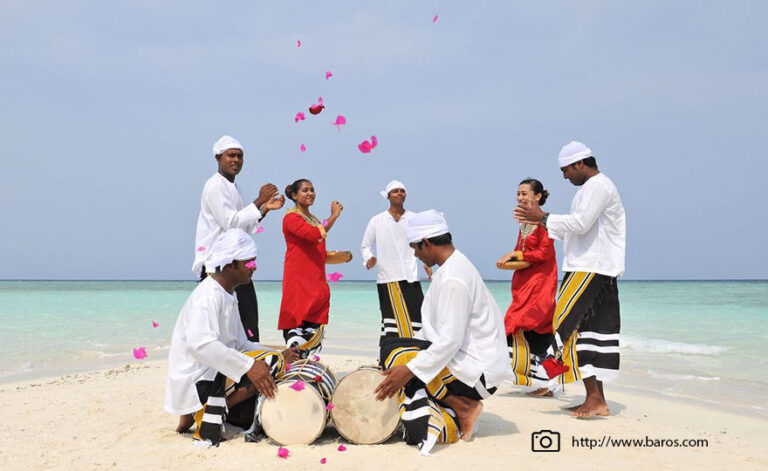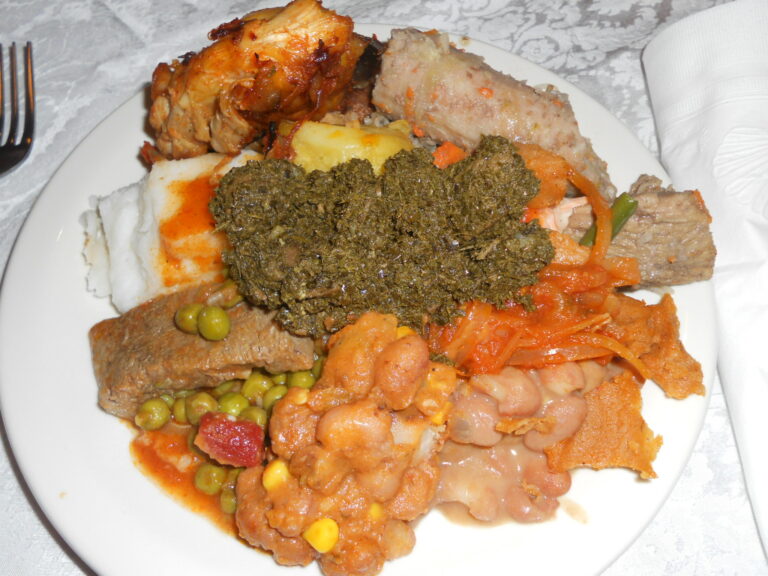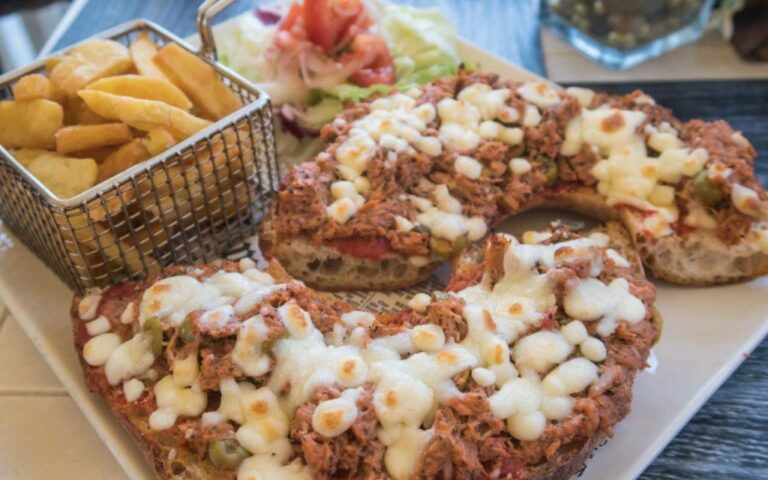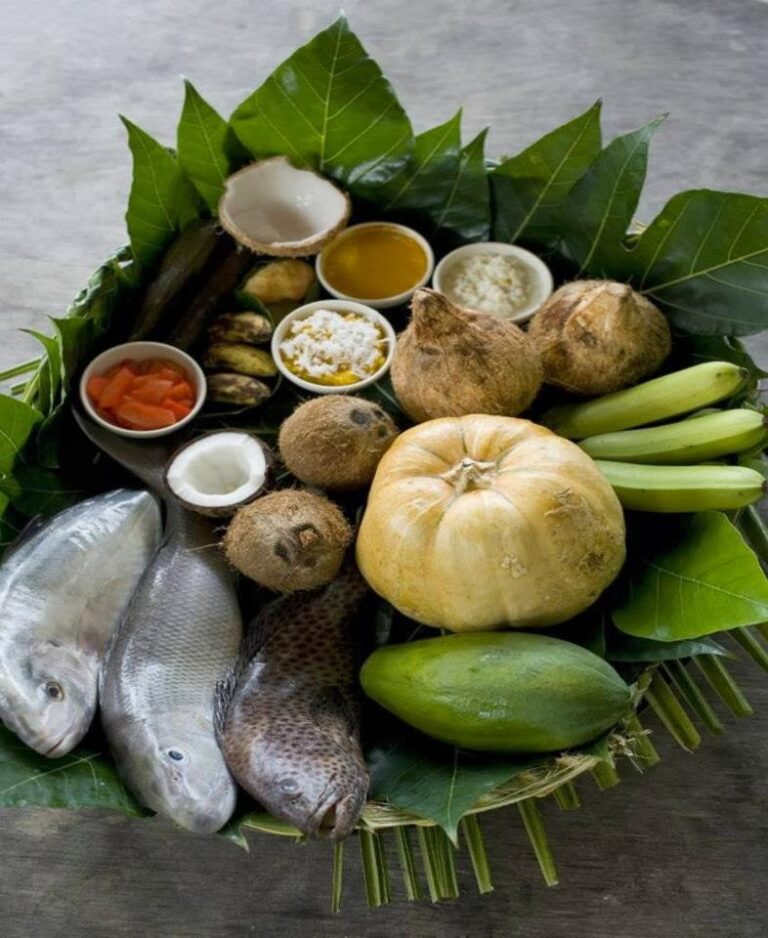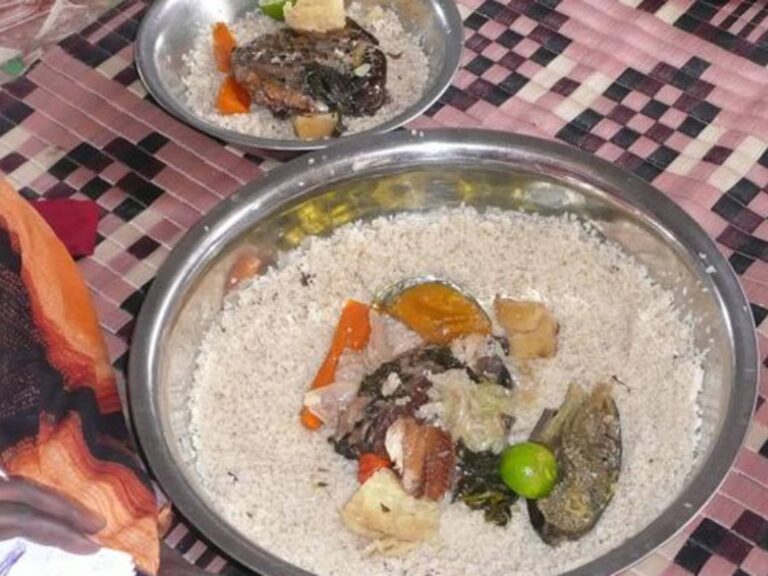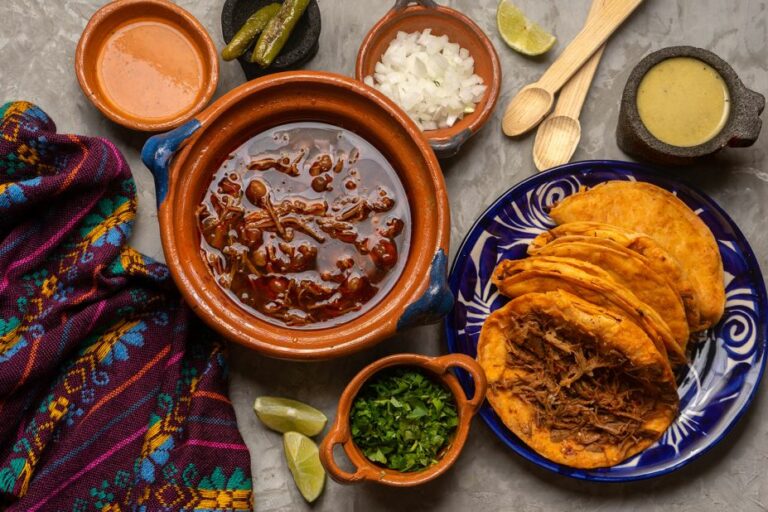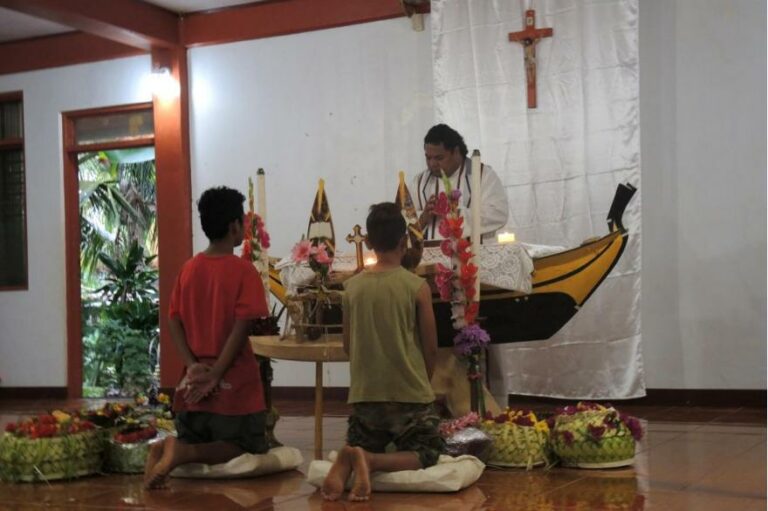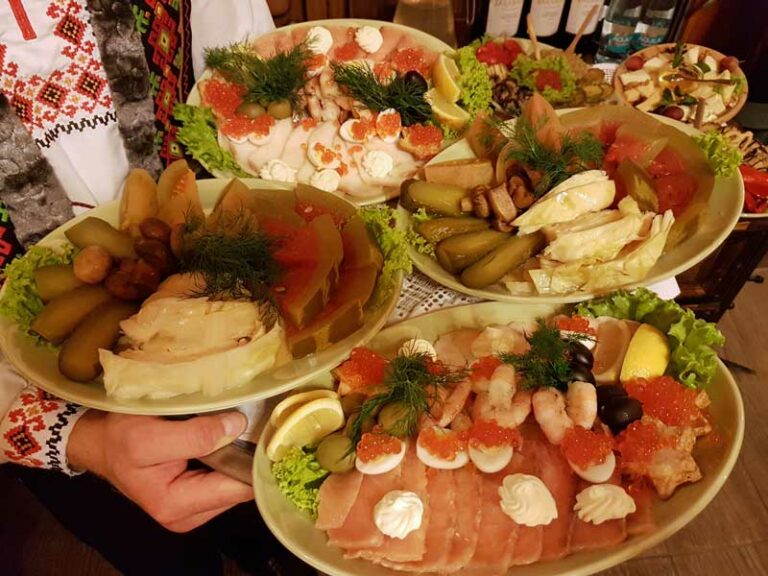Introduction to Maldivian Cuisine
Maldivian cuisine is a unique blend of South Indian, Sri Lankan and Arab influences. The use of coconut, fish and spices are the hallmark of this cuisine. Fish is a staple food in the Maldives, and is used in a variety of dishes. The most popular local dishes are mas riha (fish curry), garudhiya (fish soup) and kulhimas (a spicy tuna dish).
Historical Influences on Maldivian Cuisine
The Maldives is an archipelago located in the Indian Ocean, and has been a hub of maritime activity for centuries. The country has been influenced by various cultures over the years, including Sri Lankan, Indian, Arab, Portuguese and British. These influences have left their mark on the Maldivian cuisine, which is a reflection of the country’s history.
Cultural Exchange with Arab Nations
The Maldives has a long history of cultural exchange with Arab nations. This is reflected in the cuisine, which has a number of Arab influences. For example, the use of spices such as saffron, cumin, cardamom, and turmeric, as well as the use of ingredients like dates and almonds, are all typical of Arab cuisine. The Maldivian dish, boshi mashuni, is a good example of this, as it is made with shredded coconut, onion, lime juice and tuna, and is typically eaten with a flatbread similar to the Arabic pita.
Indian Spices in Maldivian Cuisine
The Maldives is located close to India, and has been influenced by Indian culture and cuisine. Indian spices such as cumin, coriander, turmeric, and curry leaves are commonly used in Maldivian dishes. Many of the dishes also share similarities with Indian cuisine, such as the use of lentils and rice. One example is the Maldivian dish, mas huni, which is made with smoked tuna, coconut, onion and chili, and is typically eaten with rice.
Portuguese Influence on Maldivian Cuisine
The Portuguese colonized the Maldives in the 16th century, and this period of history has left its mark on Maldivian cuisine. The Portuguese introduced chili peppers to the Maldives, which is now a common ingredient in many dishes. The Portuguese also introduced the use of vinegar, which is used in pickling fish and other ingredients. One example of a dish with Portuguese influence is the Maldivian fish pickle, which is made by pickling fish in vinegar and spices.
Modern Fusion in Maldivian Cuisine
Maldivian cuisine has also been influenced by modern fusion cuisine. In recent years, chefs in the Maldives have been experimenting with new ingredients and fusing traditional Maldivian dishes with other cuisines. This has led to the creation of new and exciting dishes, such as lobster curry with wasabi and coconut foam, and tuna carpaccio with avocado and mango salsa. These new dishes reflect the evolving nature of Maldivian cuisine and its openness to new ideas and influences.

